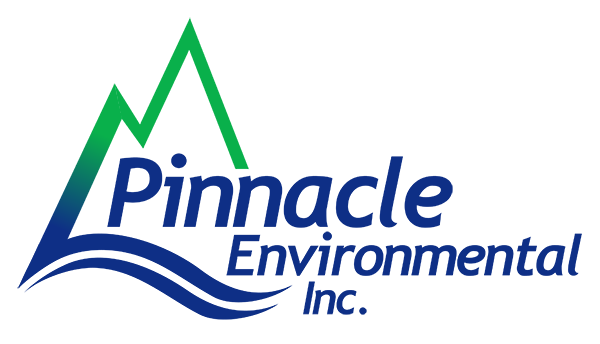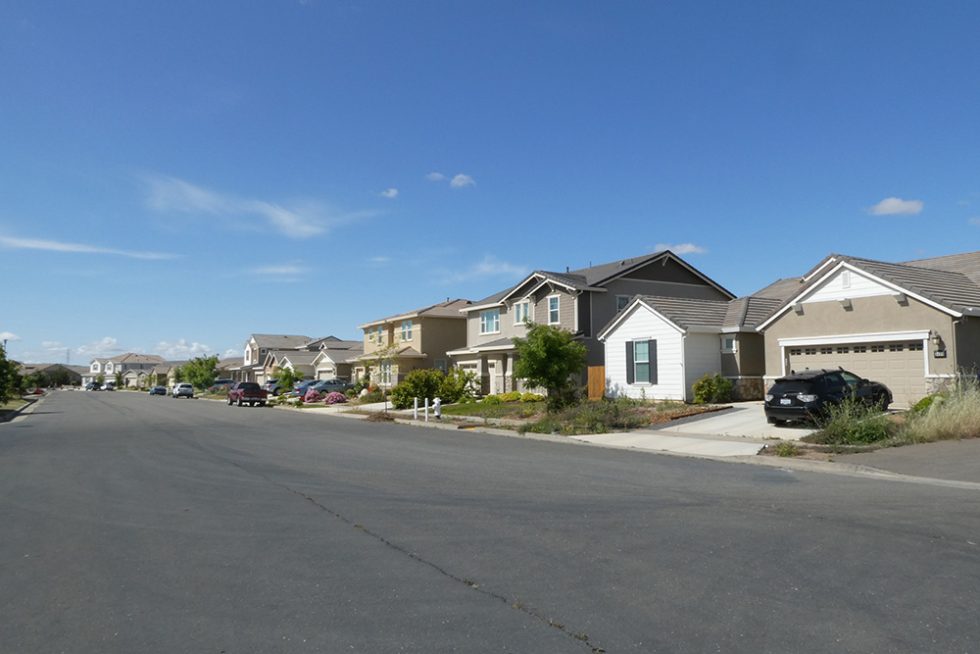Risk Assessment
Risk Assessment
Environmental risk assessment plays a role in understanding and managing the potential risks posed by various hazardous substances to the environment and human health. Through the integration of data from soil, groundwater, and soil vapor, a risk assessment can detect potential hazards and provide valuable guidance for decision-making regarding mitigation strategies, remediation efforts, land-use planning, and regulatory measures.
Risk assessment is the basis for evaluating exposure to hazardous constituents and developing a conceptual site model (CSM) that determines the fate and transport and exposure pathways for receptors.
How is risk calculated?
Subsurface environmental risk assessment often involves a multidisciplinary approach, incorporating expertise from fields such as geology, hydrogeology, environmental chemistry, toxicology, and ecological sciences. When conducting risk assessments for environmental subsurface impact, several factors are considered:
-
- Contaminant Sources: Identification of potential sources of contamination, such as industrial activities, waste disposal sites, underground storage tanks, or accidental spills.
- Pathways and Transport: Assessment of the pathways through which contaminants can migrate through the subsurface, such as groundwater flow, diffusion, or volatilization, and the potential for contaminants to reach sensitive receptors, including groundwater wells or surface water bodies.
- Exposure Assessment: Evaluation of the potential for human and ecological receptors to come into contact with contaminants through exposure pathways. For humans, this may include drinking water consumption or direct contact with contaminated soil. Ecological receptors may include plants, animals, or sensitive habitats.
- Fate and Transport: Examination of the behavior and fate of contaminants in the subsurface, including their persistence, degradation, and potential transformation into more toxic forms.
- Toxicity Assessment: Analysis of the toxicity and potential health or ecological effects of contaminants, considering their chemical properties, concentration, and exposure duration.
Based on these factors, a risk characterization assessment estimates the magnitude and likelihood of adverse impacts on the subsurface environment and human health. These findings are used to develop strategies and implement measures to prevent or mitigate the identified risks, such as remediation techniques, land-use planning, or regulatory controls.
What risks can be identified from subsurface media contamination data?
Risk assessments can help identify a range of potential risks associated with contamination and its impact on human health and the environment, such as the following:
-
- Human Health Risks:
-
- Soil contamination: High concentrations of contaminants in soil can pose risks to human health through direct contact, ingestion, or inhalation of contaminated dust.
- Groundwater contamination: Contaminants in groundwater can migrate to drinking water wells, potentially leading to human exposure and health risks.
- Vapor intrusion: Volatile contaminants in the subsurface can migrate as vapors through the soil and enter buildings, potentially exposing occupants to harmful levels of contaminants.
-
- Ecological Risks:
-
- Groundwater-dependent ecosystems: Contamination of groundwater can harm aquatic ecosystems and dependent species through direct exposure or alterations in water quality.
- Impact on plants and crops: Contaminated soil can affect the health and productivity of plants and crops, potentially leading to reduced yields or ecological imbalances.
-
- Migration and Transport Risks:
-
- Contaminant plume migration: By analyzing groundwater data, risk assessments can identify the extent and movement of contaminant plumes, which helps determine the potential for further migration and impact on receptors.
- Vapor transport and intrusion: Soil vapor data can provide insights into the potential for volatile contaminants to migrate and intrude into indoor air spaces, leading to exposure risks.
-
- Chemical-Specific Risks:
-
- Toxicity and exposure pathways: Through toxicity assessments, risk assessments can identify the specific chemicals present in soil, groundwater, or soil vapor and evaluate their potential to cause harm based on their toxicity, exposure pathways, and concentrations.
-
- Cumulative Risks:
-
- Assessing multiple contaminants: Risk assessments can evaluate the combined effects of multiple contaminants, considering their potential interactions and cumulative impacts on human health and the environment.
-
- Vulnerability and Sensitive Receptors:
-
- Identifying sensitive populations: Risk assessments can consider vulnerable populations, such as children, pregnant women, or individuals with compromised immune systems, who may be more susceptible to the adverse effects of contamination.
- Sensitive ecological receptors: Assessments can identify areas or species that are particularly sensitive to contamination, including endangered species or habitats of ecological importance.
-
- Human Health Risks:


